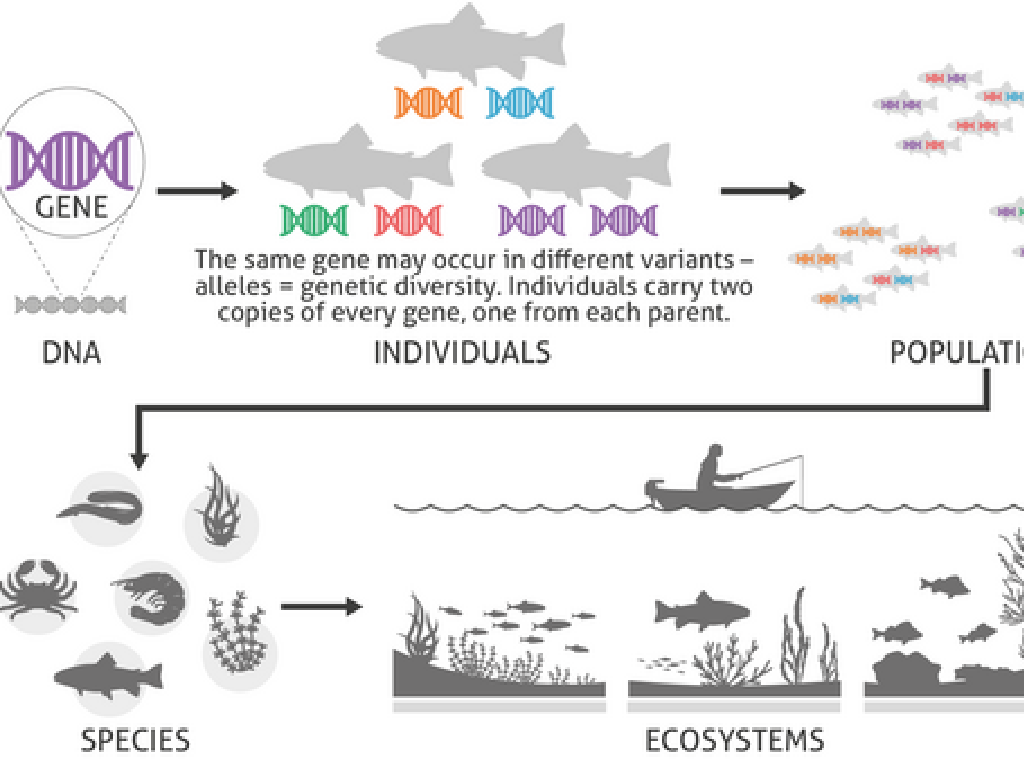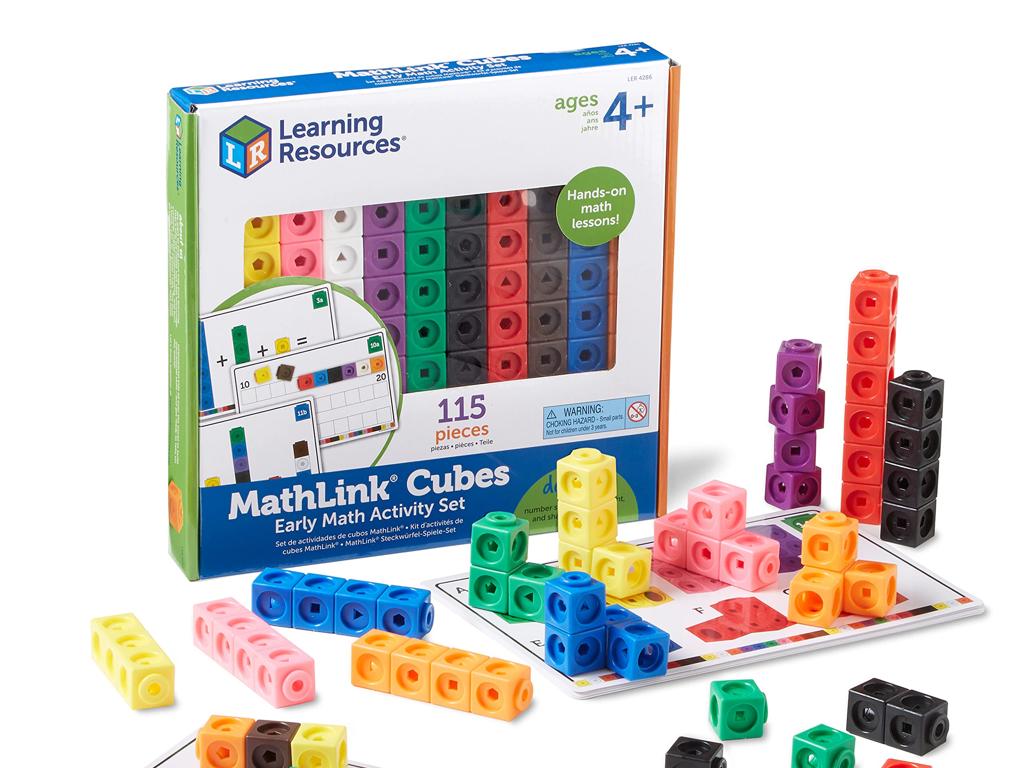Add And Subtract Numbers Up To 1,000
Subject: Math
Grade: Second grade
Topic: Mixed Operations: Three Digits
Please LOG IN to download the presentation. Access is available to registered users only.
View More Content
Today’s Adventure: Adding & Subtracting Numbers up to 1,000!
– Combining numbers up to 1,000
– Add numbers like 123 + 456
– Taking numbers apart up to 1,000
– Subtract numbers like 789 – 321
– Becoming a Math Detective
– Use clues to solve math mysteries
– Practice with fun activities
|
This slide introduces the concept of adding and subtracting large numbers to second graders, making it an exciting adventure by framing them as Math Detectives. Start by explaining that combining numbers is like putting together puzzle pieces to see a bigger picture, while taking numbers apart is like finding the pieces of the puzzle. Encourage the students to look for patterns and use their understanding of smaller numbers to tackle larger ones. Provide plenty of examples and use visual aids like number lines or base-ten blocks to help them visualize the process. Plan a series of engaging activities where students can practice these skills, such as math mystery games where they solve problems to ‘crack the code’.
Mixed Operations with Three Digits
– Understanding mixed operations
– Mixed operations use addition and subtraction
– Applying to real-life problems
– Like using math in shopping or cooking
– Example: Apples story problem
– Start with 3 apples, get 2 more, give 1 away, count the apples left
– Practice with story problems
|
This slide introduces the concept of mixed operations, which are essential for solving various mathematical problems that involve more than one operation, such as addition and subtraction. Use relatable examples like story problems to help students understand the application of mixed operations in everyday life. For instance, the apple example makes the concept tangible for second graders. Encourage students to visualize the problem with actual objects or drawings to aid comprehension. In the next class, provide a range of story problems for students to practice adding and subtracting numbers up to 1,000, reinforcing the concept of mixed operations.
Adding Numbers Up to 1,000
– Stack numbers vertically
– Place numbers in columns: ones, tens, hundreds
– Start from the rightmost digit
– Ones place is the first column on the right
– Example: 123 + 456
– 123 + 456 becomes 579 after adding
– Add column by column
– Check each column adds up correctly
|
This slide introduces students to the concept of adding large numbers by stacking them vertically and aligning by place value. Emphasize the importance of starting from the rightmost digit, which is the ones place, and moving left through tens and hundreds. Use the example 123 + 456 to demonstrate the process step by step. Show how to carry over numbers when the sum exceeds 9. Encourage students to practice with additional examples and provide immediate feedback. This foundational skill will help them with more complex math problems in the future.
Subtracting Numbers Up to 1,000
– Subtraction as puzzle piece removal
– Align numbers by place value
– Ones under ones, tens under tens, hundreds under hundreds
– Example: 645 – 123
– Subtract the ones, tens, and then hundreds
– Step-by-step subtraction
– We’ll subtract step by step: Start with the ones place, move to tens, then hundreds
|
This slide introduces the concept of subtraction as taking pieces away, which can be visualized as removing pieces from a puzzle. Emphasize the importance of lining up numbers by their place values (ones, tens, hundreds) to ensure accurate subtraction. Walk through the example problem (645 – 123) on the board, demonstrating how to subtract each place value starting from the rightmost digit. Encourage students to think of subtraction as a step-by-step process, and remind them to borrow from the next place value if needed. Provide additional examples and practice problems for students to work on individually or in groups, and be ready to assist any students who need extra help.
Carrying Over & Borrowing in Addition and Subtraction
– Understanding carrying over
– Carry over when digits add to 10 or more
– When to borrow in subtraction
– Borrow if a digit is too small to subtract from
– Practice: 756 + 198
756 + 198: Add units, carry over tens, then add hundreds
– Practice: 800 – 257
800 – 257: Borrow from hundreds to subtract tens and units
|
This slide introduces the concepts of carrying over in addition and borrowing in subtraction, which are essential skills for adding and subtracting large numbers. When adding and the sum of the digits in a column is 10 or more, we carry over to the next column. In subtraction, if the top digit is smaller than the bottom digit, we borrow from the next left column. Use the practice examples to demonstrate these concepts step by step. For 756 + 198, show how to carry over from the units to the tens, and then from the tens to the hundreds. For 800 – 257, illustrate borrowing from the hundreds to subtract the tens and then the units. Encourage students to work through these examples and similar problems to build their confidence with these operations.
Solving Word Problems with Addition and Subtraction
– Understanding word problems
– They are like stories that need math to find the end.
– Deciding to add or subtract
– If something is put together, we add. If something is taken away, we subtract.
– Reading a word problem
– Let’s read a story problem as a class.
– Solving it step by step
– We’ll use clues from the story to solve the problem together.
|
This slide introduces students to the concept of solving word problems involving addition and subtraction up to 1,000. Begin by explaining that word problems are like stories that involve numbers and require us to use math to find the solution. Emphasize the importance of understanding whether the story is about combining things (addition) or separating them (subtraction). Read a word problem aloud to the class, then break it down into smaller parts, identifying keywords and phrases that indicate which operation to use. Work through the problem step by step with the class, encouraging students to participate and think aloud as they process the information. This interactive approach helps students grasp the concept of word problems and apply their math skills in a practical context.
Class Activity: Math Detective
– Become a Math Detective
– Work in pairs for clues
– Find clues: look for numbers in problems
– Solve the mystery numbers
– Use addition or subtraction to ‘solve cases’
– Share and explain your answers
– Discuss the steps you took to find the solution
|
In this engaging class activity, students will pair up and take on the role of Math Detectives to solve arithmetic problems. Provide each pair with a set of ‘mystery numbers’ problems that require them to add or subtract numbers up to 1,000. Encourage them to discuss and work through the problems together, using their detective skills to find the ‘clues’ (the numbers) and ‘solve the cases’ (the problems). After solving, each pair will present their answers and explain the process they used to the class, promoting not only their arithmetic skills but also their communication and reasoning abilities. Possible activities include: solving word problems, finding missing numbers in a sequence, and correcting intentionally wrong calculations.
Conclusion & Homework: Becoming Math Heroes
– Celebrate your hard work, Math Detectives!
– Practice with your worksheet at home
– Complete the provided problems to sharpen your skills
– Addition and subtraction up to 1,000
– Use the strategies learned today to solve each problem
– Strive to be a Math Hero every day!
|
This slide wraps up the day’s lesson and sets the stage for continued practice at home. The worksheet should include a mix of addition and subtraction problems that reinforce the concept of adding and subtracting numbers up to 1,000. Remind students to use the methods taught in class, such as stacking numbers and keeping track of place value. Encourage them to check their work for accuracy. As homework, this practice will help solidify their understanding and build confidence in their ability to tackle mixed operations with three-digit numbers. Celebrate their efforts and remind them that by practicing, they are on their way to becoming Math Heroes in their everyday lives.






